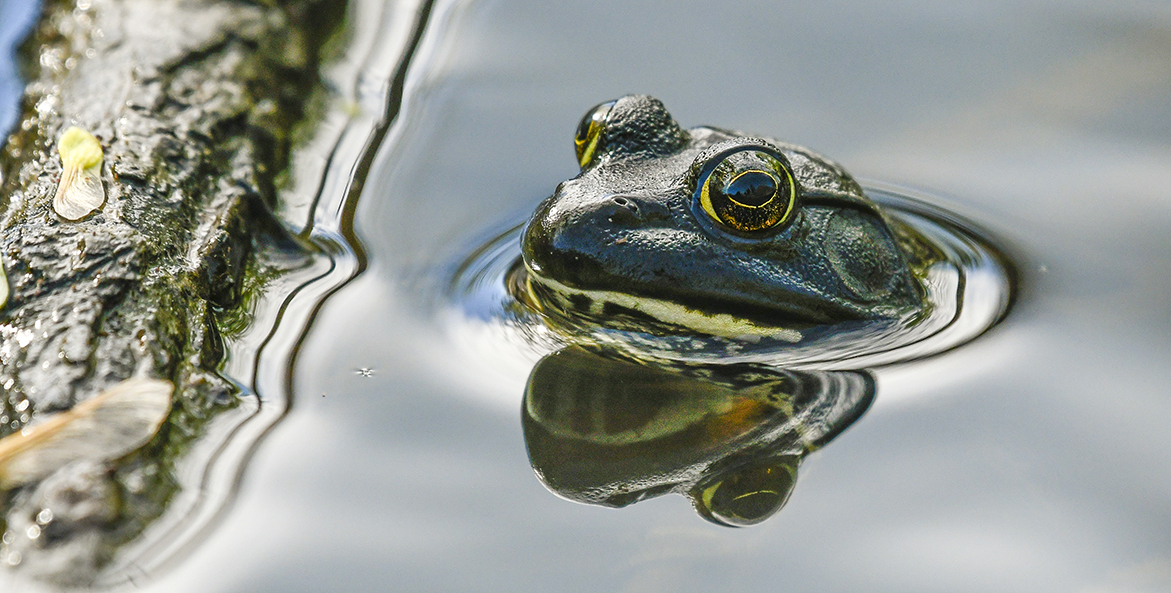The Chesapeake Bay is one of the most thoroughly studied bodies of water in the world. Regular monitoring of wildlife and water quality is key to the science-based restoration approach of the Chesapeake Clean Water Blueprint. This week, we break down five surveys and assessments released this summer that track important indicators of the Bay’s health. Find out how blue crab and oyster populations are faring, the latest on the state of Pennsylvania’s streams and underwater grasses, and the extent of this summer’s dead zone.
Oysters, A Keystone Species
From filtering water to building reefs, oysters are a critical component of the Chesapeake Bay ecosystem and a key part of efforts to restore it. Allison Colden, CBF’s Maryland Fisheries Scientist, discusses the current status of oysters in the Bay, a recent stock assessment released by Maryland, and long-term and short-term population trends.
Dead Zone Smaller Than Average
The Bay’s dead zone, an area of water where oxygen levels are too low to support aquatic life, is getting smaller over time, but it fluctuates year to year. Dr. Beth McGee, CBF’s Director of Science and Agricultural Policy, tells us how this year’s dead zone is shaping up and how it fits into long-term trends.
Blue Crabs Bouncing Back
Blue crabs are a ubiquitous symbol of the Chesapeake Bay. Called "beautiful swimmers," they support one of the Bay’s most valuable commercial fisheries. Chris Moore, CBF’s Senior Regional Ecosystem Scientist, breaks down the annual blue crab dredge survey, one of the most comprehensive surveys of any species we have in the Bay.
Pennsylvania Streams Matter
The condition of Pennsylvania’s streams has a profound impact on the Bay—none more significant than those that feed into the Susquehanna River. Harry Campbell, CBF’s Director of Science Policy and Advocacy, talks about what Pennsylvania’s latest stream health assessment tells us about these vital waterways and why it matters for the Bay.
Grasses Don’t Get a Break
Underwater grasses in the Chesapeake Bay and its tidal rivers form critical habitat for fish, crabs, and other wildlife. Dr. Beth McGee, CBF’s Director of Science and Agricultural Policy, goes over the most recent survey of grasses in the Bay, including likely reasons we saw a drop in acreage and how we can help grasses thrive.
What You Can Do
- Join elected leaders and community advocates August 11 for a conversation on equity and environmental justice in the Bay region.
- August is National Make-A-Will Month! Use our free will writing tool and create your will today.
- Sign up for our weekly Save the Bay e-newsletter—a weekly roundup of uplifting Bay stories, inspirational videos, helpful teaching resources, and much more.
- Help us continue to bring the Bay and its rivers to you at home each week. Donate today!



